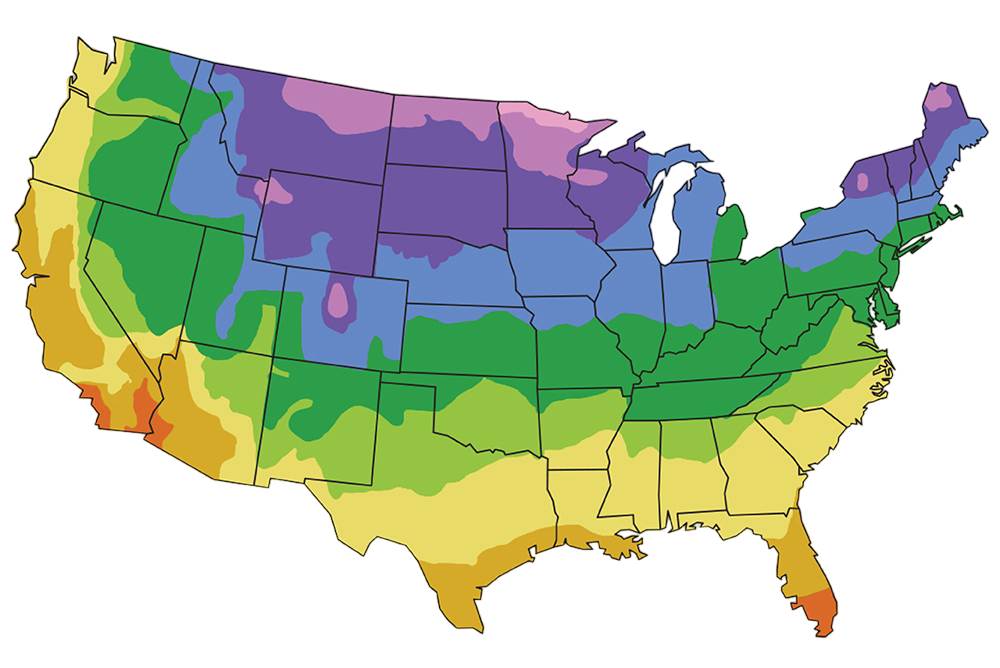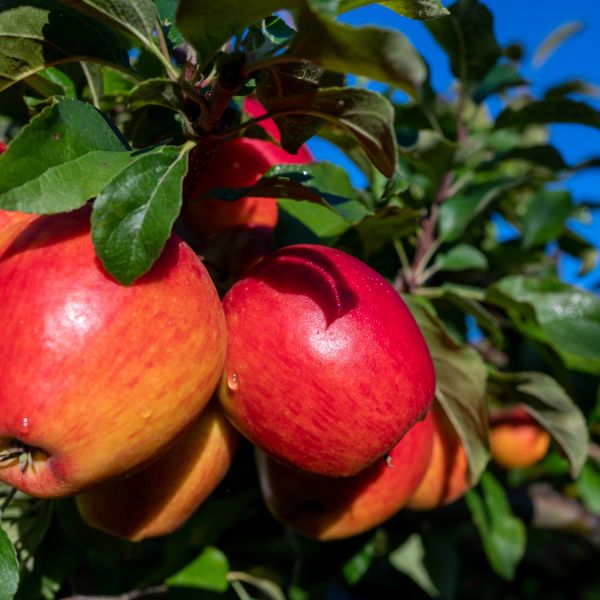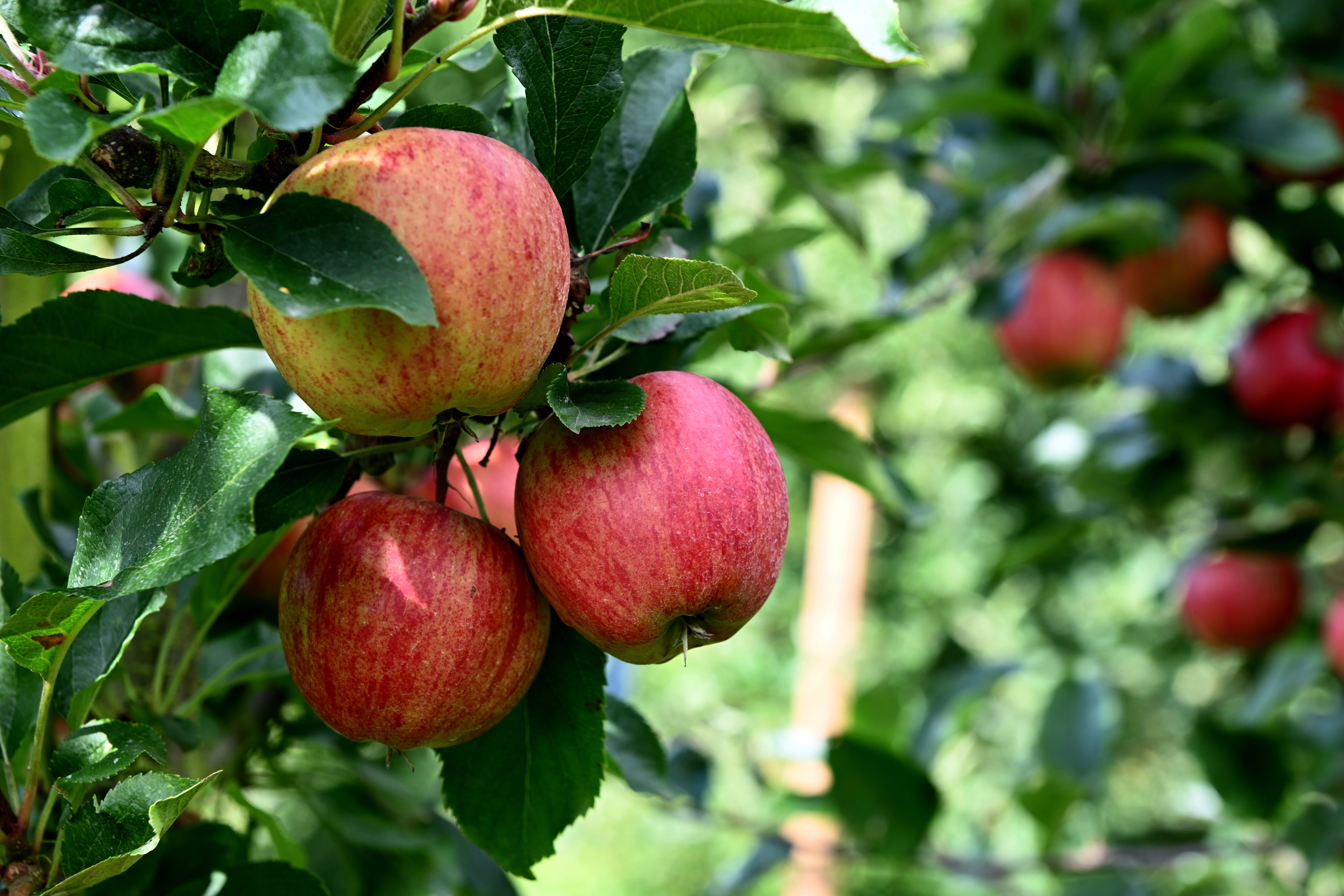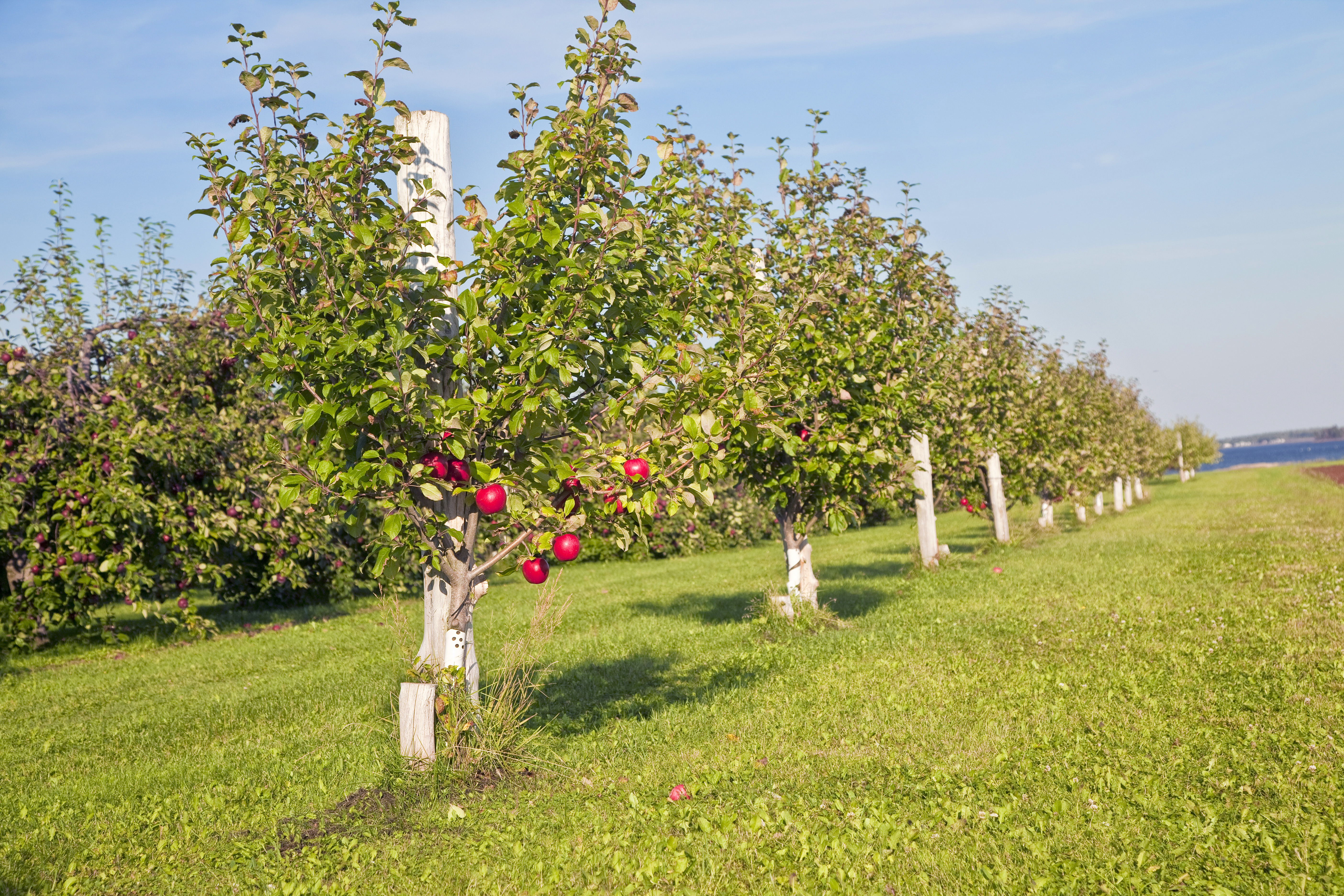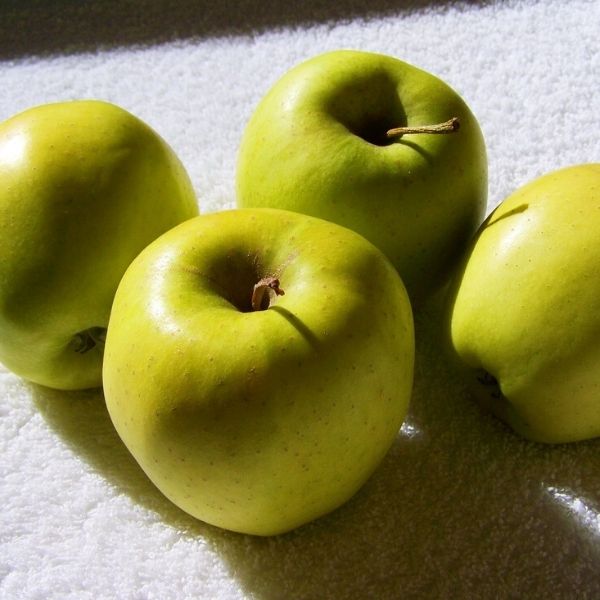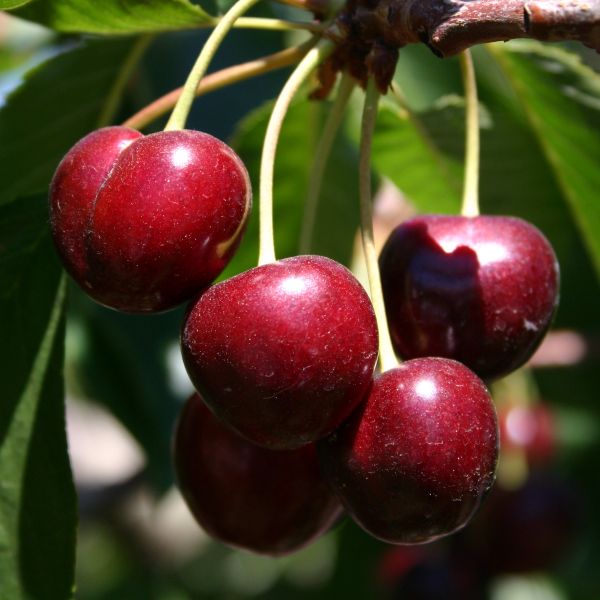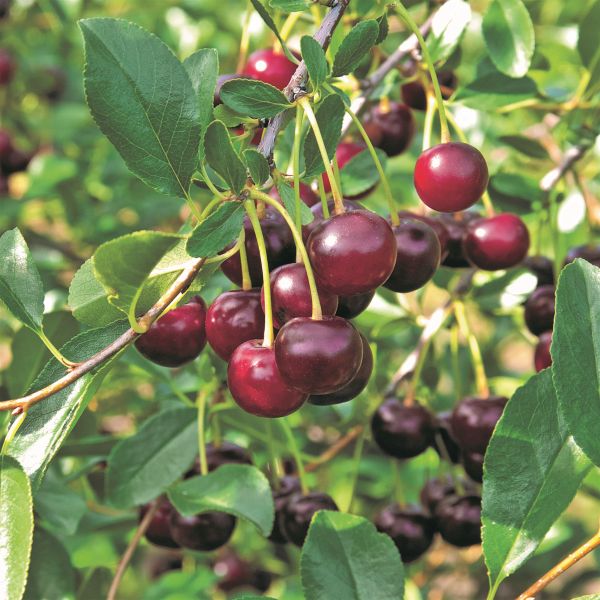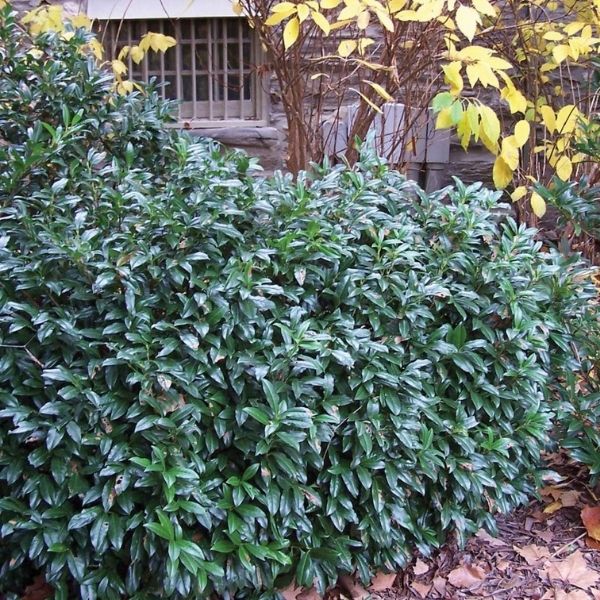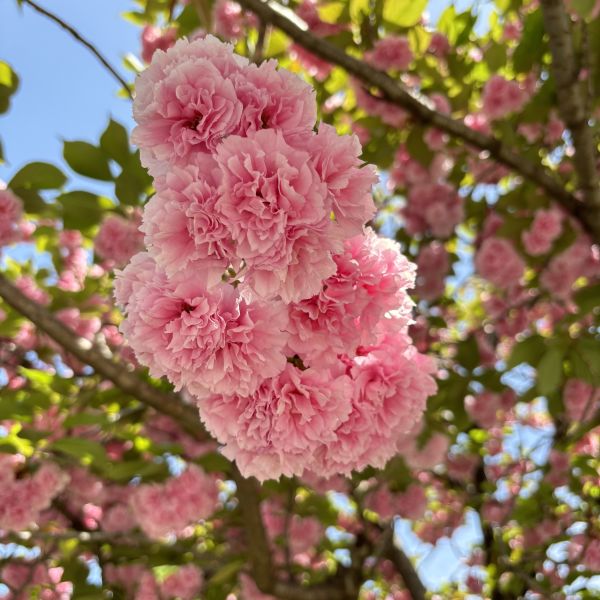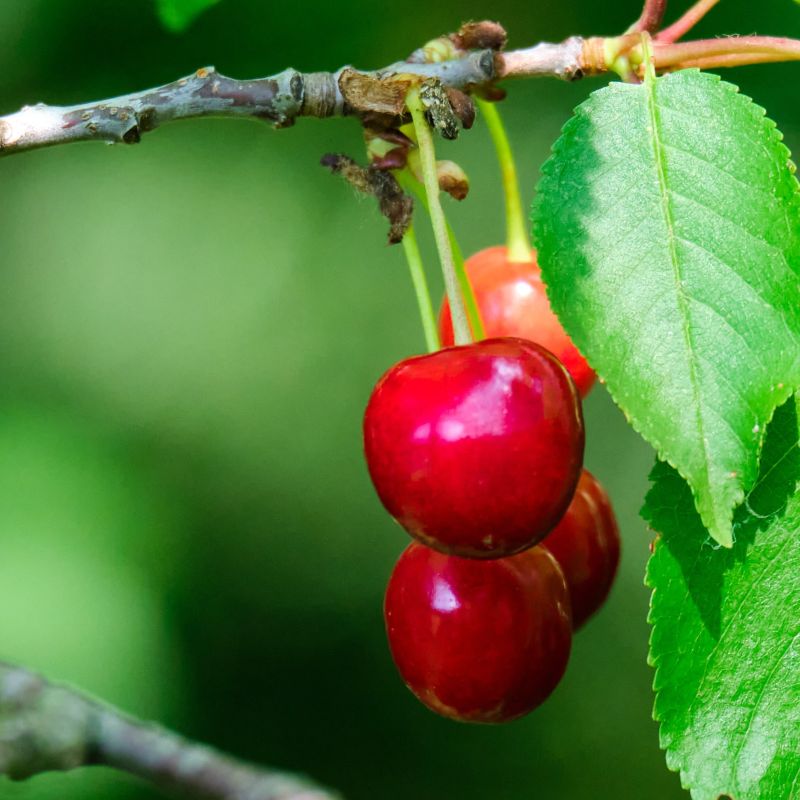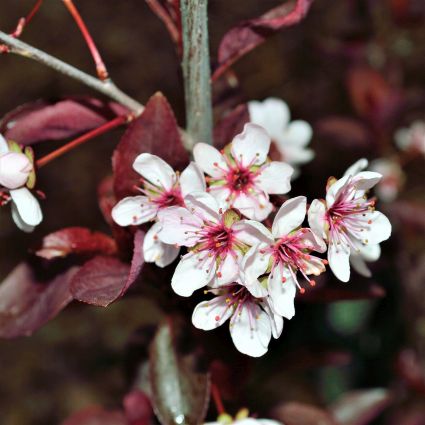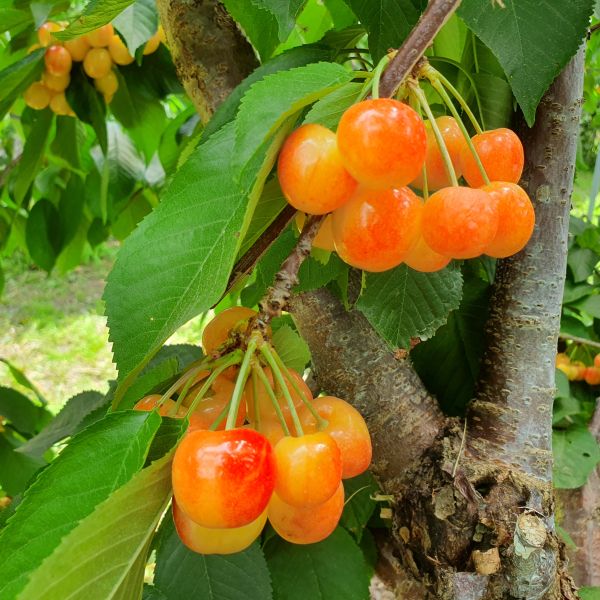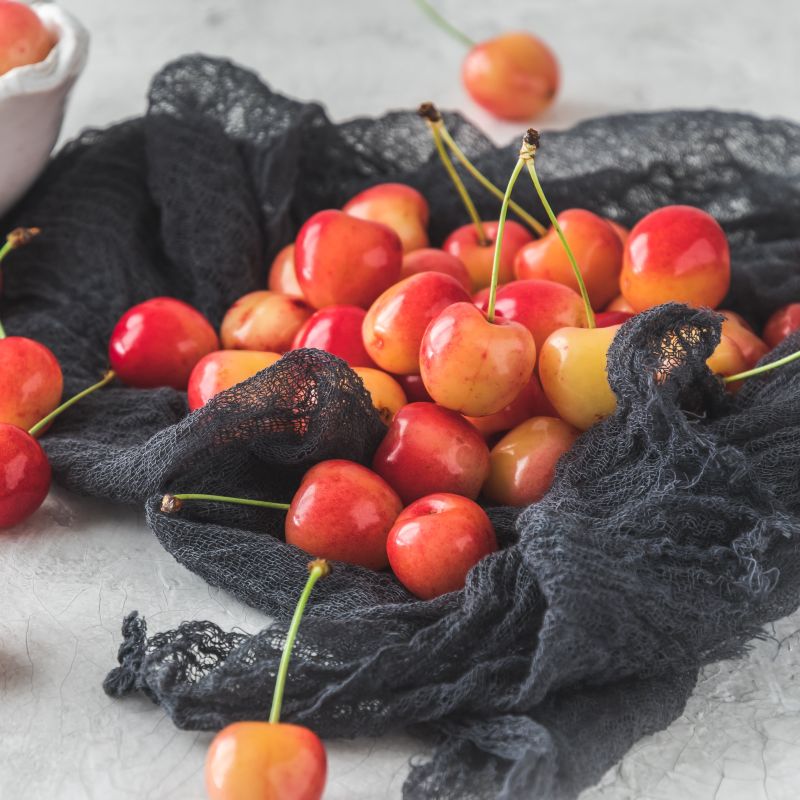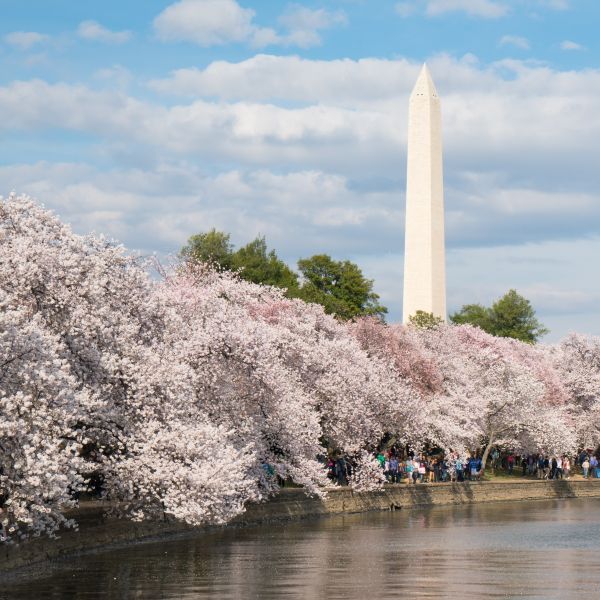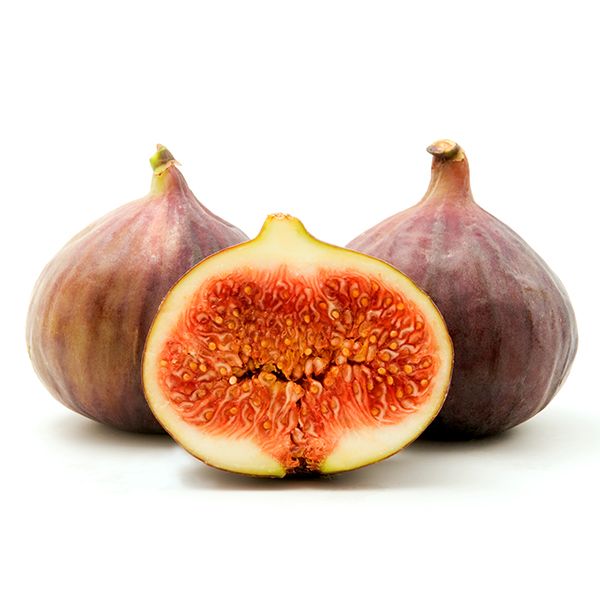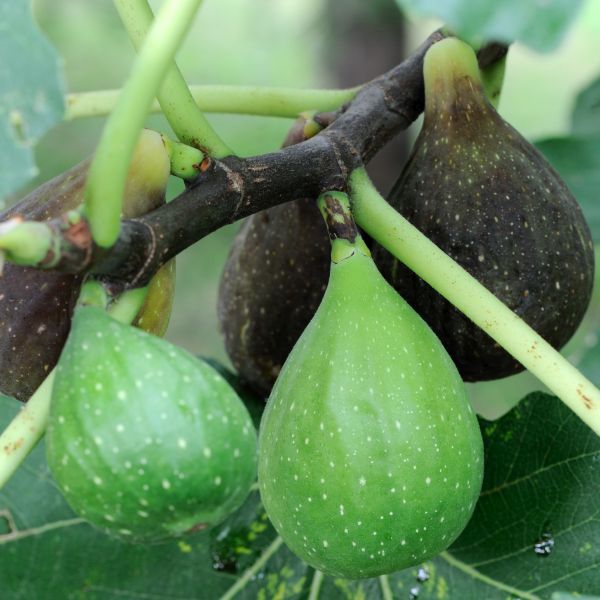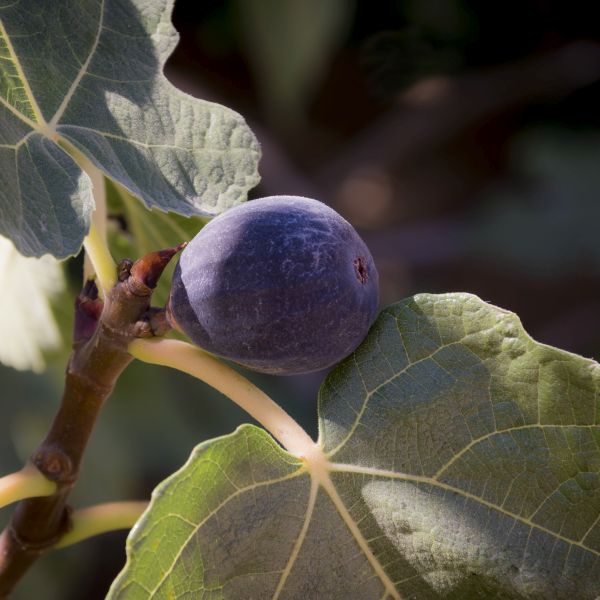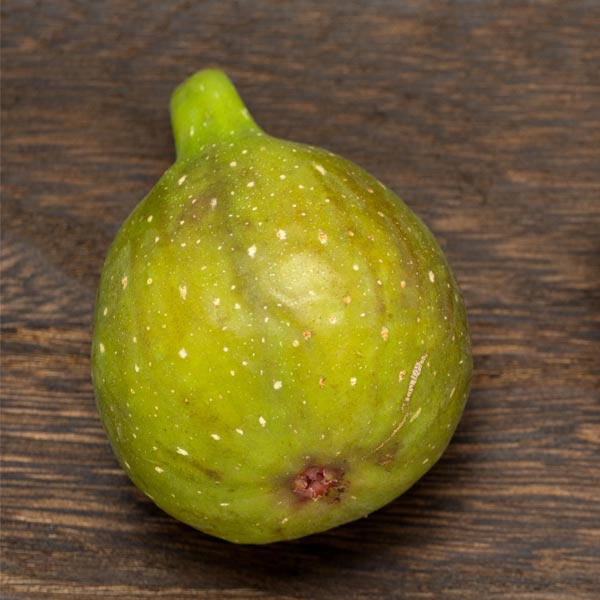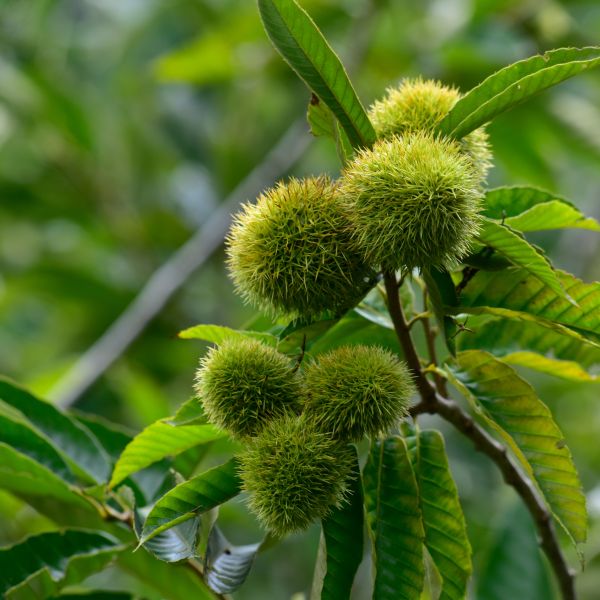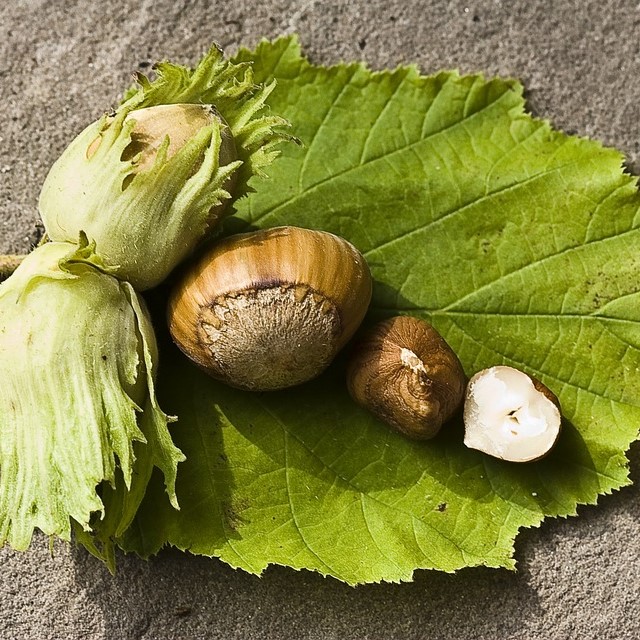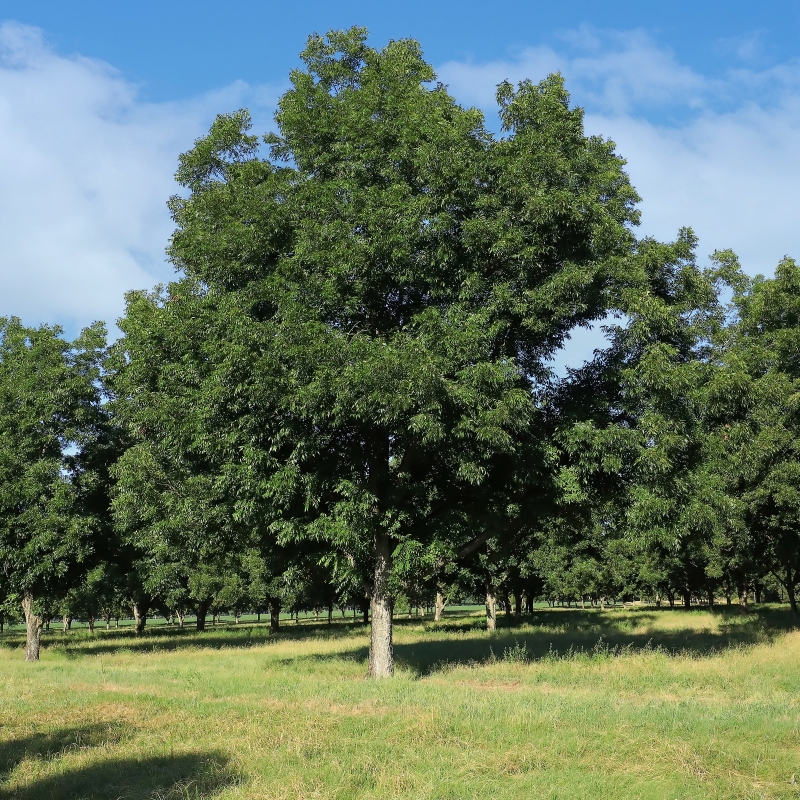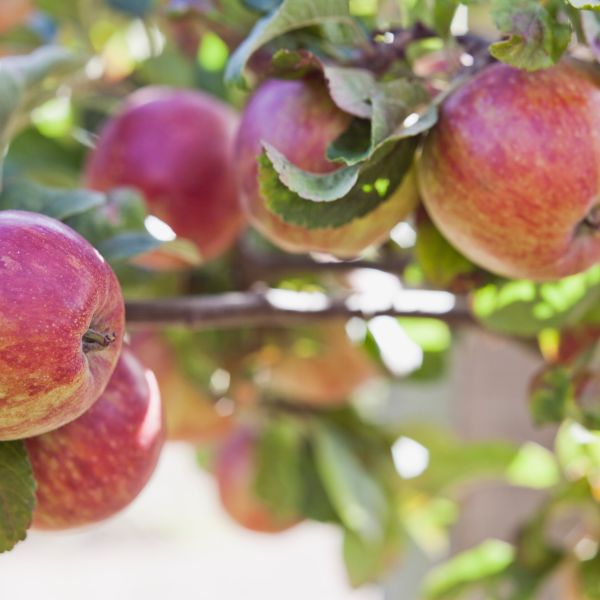
Cortland Apple
Malus 'Cortland'
8 reviews
Cortland Apple
Malus 'Cortland'
8 reviews
- Perfect for baking and cooking due to its firm texture and tart flavor
- Doesn't brown as quickly as other apple varieties, making it great for salads and fruit platters
- High in fiber and antioxidants, making it a healthy snacking option
- Recommended by landscape designers for optimal fit in real yards
$63.00
$90.00
30% Off
- Ships to 43215 in 3 to 7 days
- Free Shipping Over $150
- Plant Arrival Guarantee
- In Stock
- Free Plant Consult
$200 - Landscape-Approved: Every Plant We Sell Comes With Design Expertise Behind It
1.5 Gallon 3-4 Feet Semi Dwarf
Not just beautiful - intentionally selected by ShrubHub's 3D landscape design team to fit real-world spaces and maximize yard potential.
Why Cortland Apple?
Cortland Apples are known for their crisp, white flesh and slightly tart flavor, making them a popular choice for baking and fresh eating. They are also resistant to browning when cut, making them great for use in salads or fruit trays. Additionally, Cortland Apples are a good source of fiber and vitamin C, making them a healthy snack option.
People who loved this plant also bought
Sunlight
Cortland Apple trees require full sun to thrive, meaning they should receive at least 6-8 hours of direct sunlight per day. Without adequate sunlight, the tree may not produce as many blossoms or fruit, resulting in a lower yield and potentially poor fruit
Watering
Cortland Apple trees require regular watering, especially during periods of drought. They should be watered deeply once a week, making sure the soil is thoroughly moistened. Mulching around the base of the tree can help retain moisture and reduce the need
Fertilizing
Cortland Apple trees require a balanced fertilizer with a nitrogen-phosphorus-potassium ratio of 10-10-10 or similar. Fertilize in early spring before bud break and again after harvest. Regular soil testing can help determine specific nutrient needs for op
Cortland Apple (Malus 'Cortland')
The Cortland Apple, also known by its scientific name Malus 'Cortland', is a popular variety of apple that is beloved for its crisp texture and sweet-tart flavor. This apple is a hybrid of the Ben Davis and McIntosh varieties, resulting in a fruit that is both juicy and flavorful.
Features:
- Medium to large in size
- Red skin with greenish-yellow patches
- White, tender flesh that resists browning
- Well-balanced flavor with a sweet-tart taste
- Ideal for fresh eating, baking, and cooking
Usage:
The Cortland Apple is a versatile fruit that can be enjoyed in a variety of ways. Whether eaten fresh as a snack, baked into pies and crisps, or used in sauces and salads, the Cortland Apple adds a delicious touch to any recipe.
Growing Conditions:
- Requires full sun and well-drained soil
- Thrives in USDA hardiness zones 4-7
- Regular watering and pruning for optimal growth
- Harvest in late September to early October
- Stores well in cool, dark conditions
Health Benefits:
Cortland Apples are a nutritious and low-calorie snack that is rich in fiber, vitamins, and antioxidants. They can help improve digestion, boost immunity, and promote heart health when consumed as part of a balanced diet.
Plant Information:
| Botanical Name: | Malus 'Cortland' |
| USDA Zones: | 4 - 8 |
| Water: | Moderate |
| Exposure: | Full Sun |
| Soil Needs: | Well Drained |
| Mature Height: | | Semi-Dwarf Height: 12 - 18 feet | Standard Height: 18 - 25 feet |
| Mature Spread: | | Semi-Dwarf Spread: 10 - 15 feet | Standard Spread: 15-18 feet |
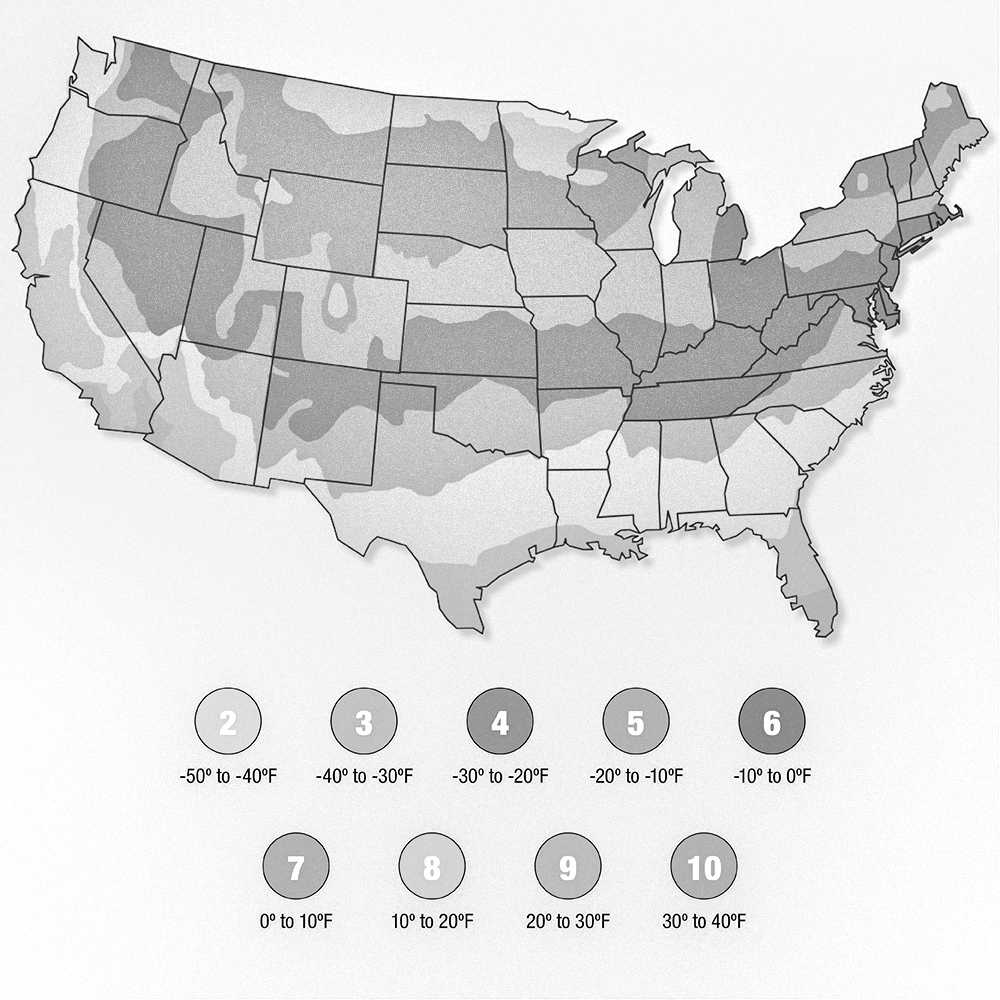
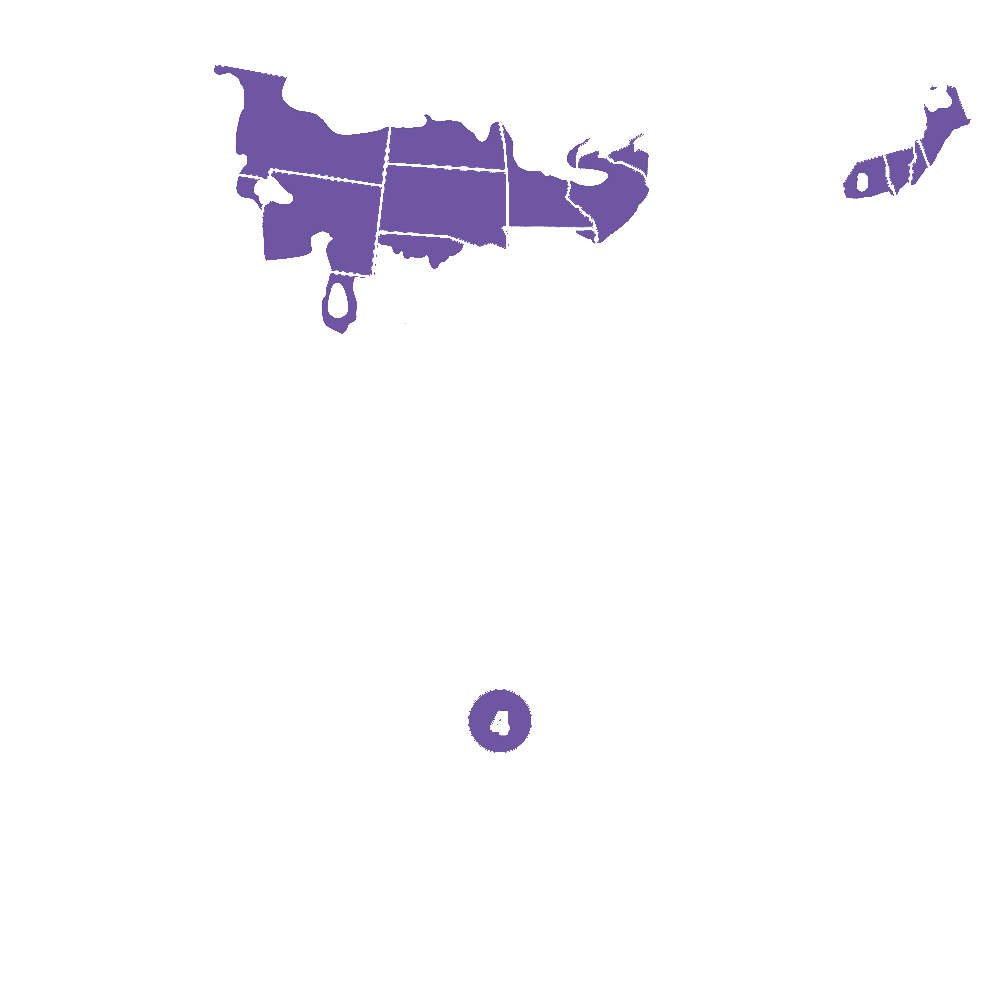
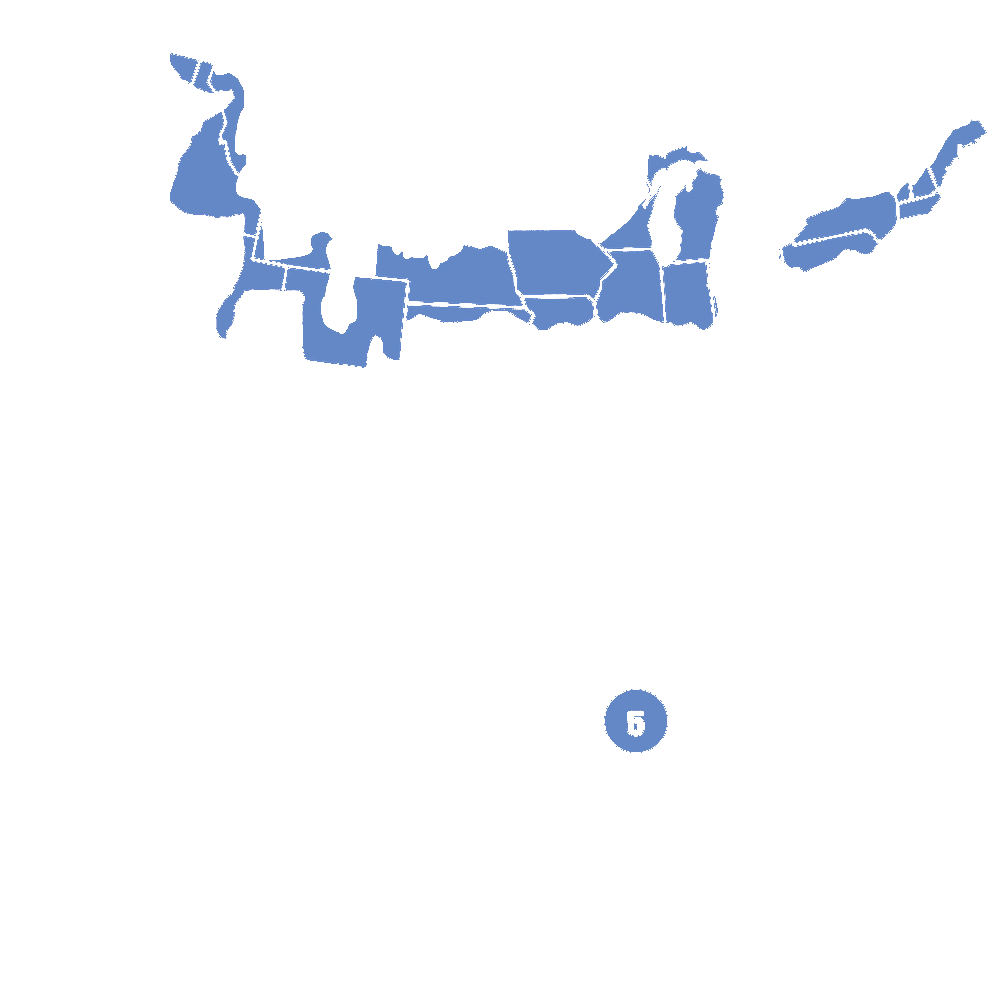
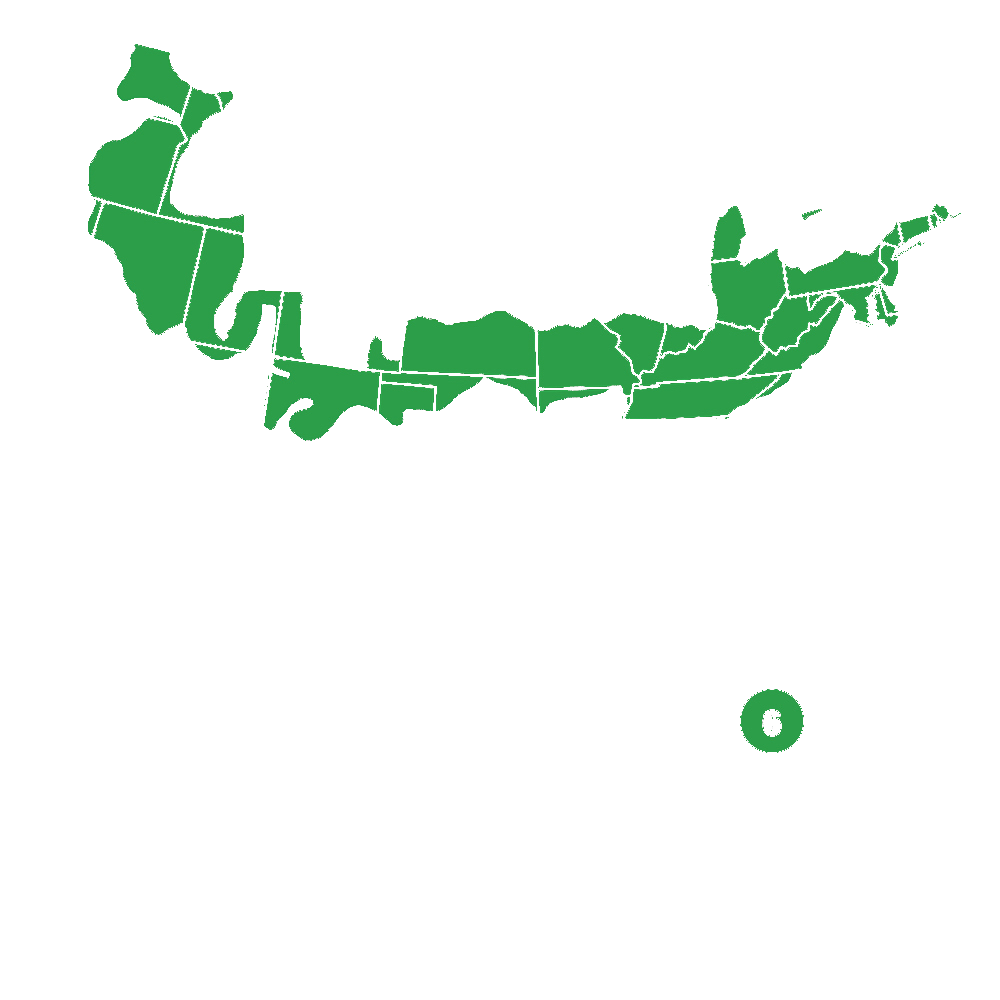
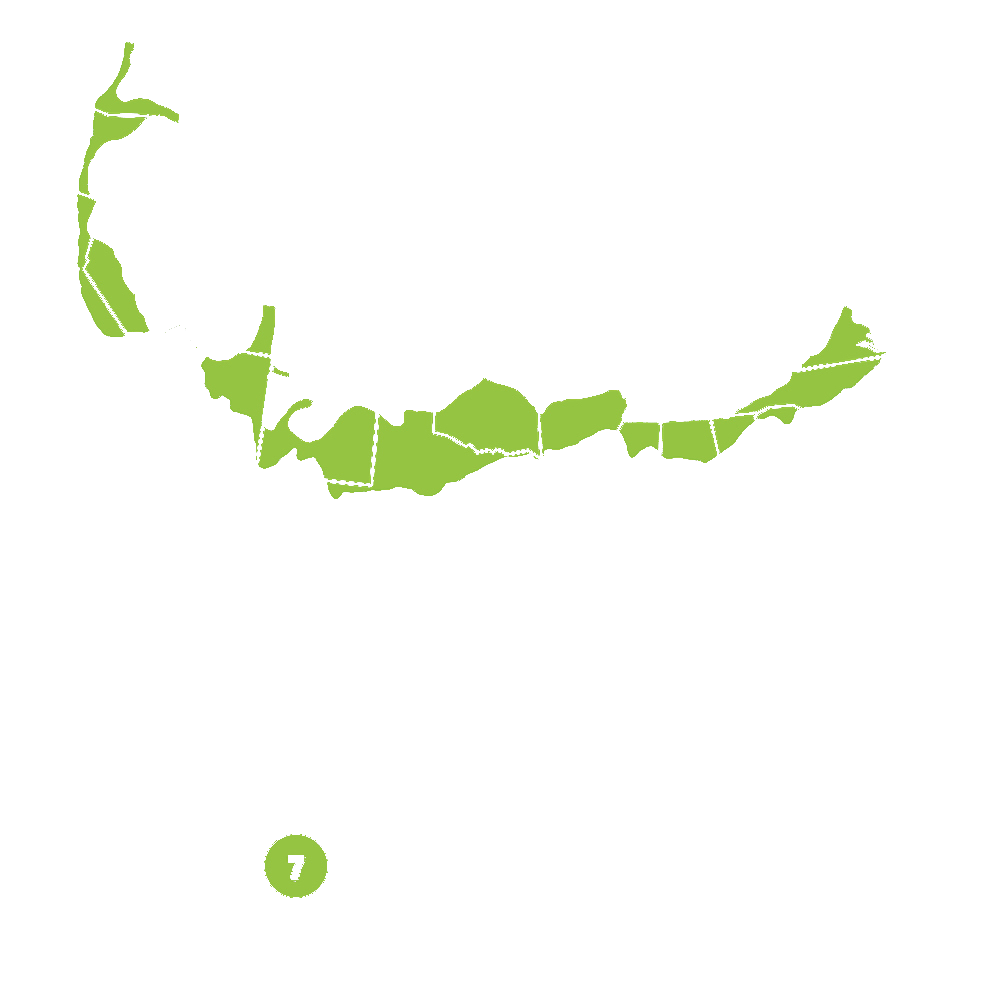
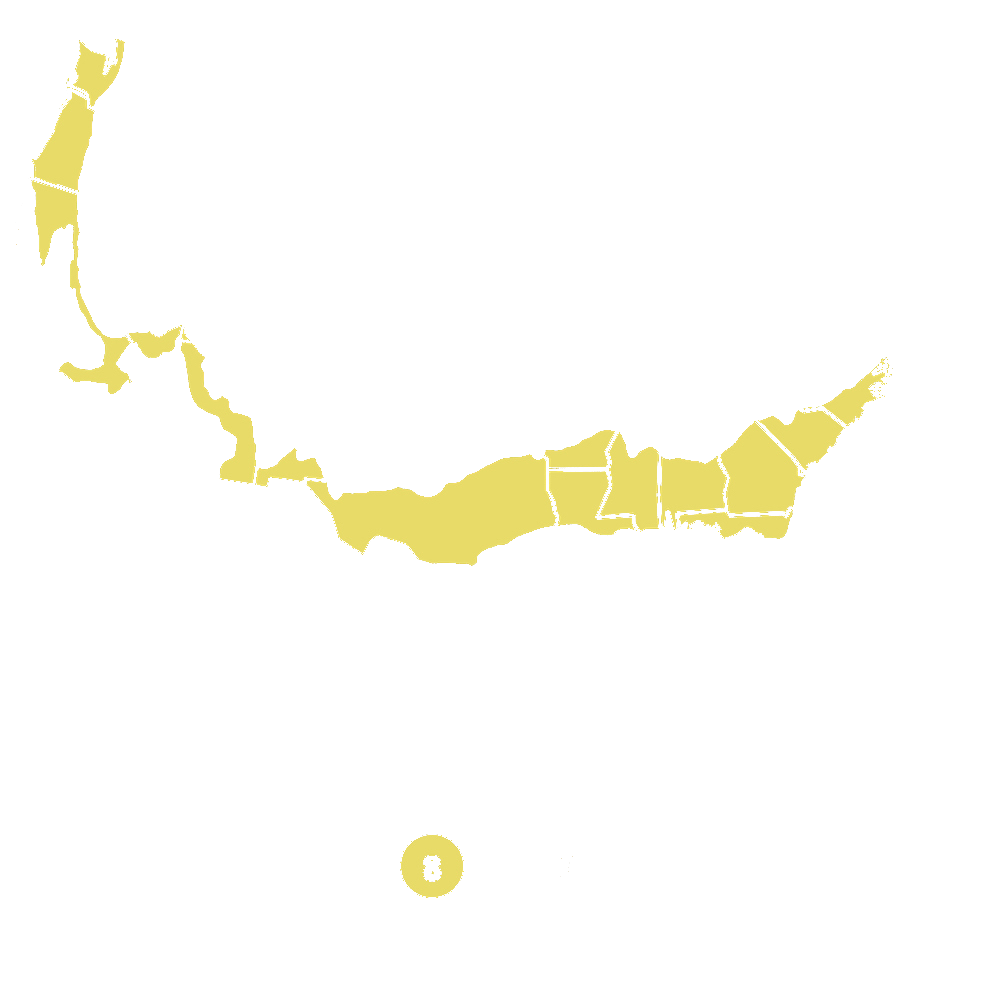
Pollination Info
Cortland Apple (Malus 'Cortland')
Cortland apple trees are deciduous broadleaf trees that produce beautiful red apples with white flesh. One important aspect of apple tree care is pollination, as apples are not self-pollinating. Cortland apples require cross-pollination with another apple tree of a different variety that blooms around the same time.
Pollination Information:
- Pollination Type: Cross-pollination required
- Compatible Pollinators: McIntosh, Honeycrisp, Gala
- Blooming Period: Mid-season
- Pollination Timing: Plant a compatible tree nearby for successful fertilization
- Pollination Partners: It is recommended to plant at least one compatible pollinator within 100 feet of the Cortland apple tree
By planting a compatible pollinator nearby, you can ensure a successful pollination process and a fruitful harvest of Cortland apples.
FAQ
Cortland Apple Tree FAQ
1. What is a Cortland Apple tree?
The Cortland Apple tree, scientifically known as Malus 'Cortland', is a popular variety of apple tree that produces large, bright red apples with a sweet-tart flavor. It is known for its crisp texture and excellent storage qualities.
2. When is the best time to plant a Cortland Apple tree?
It is best to plant a Cortland Apple tree in the early spring, before the tree begins to bud. This allows the roots to establish themselves before the tree goes into full growth mode during the summer months.
3. How much sunlight does a Cortland Apple tree need?
Cortland Apple trees thrive in full sun, meaning they should receive at least 6-8 hours of direct sunlight each day. This will help ensure healthy growth and abundant fruit production.
4. What type of soil is best for a Cortland Apple tree?
Cortland Apple trees prefer well-drained soil that is rich in organic matter. They do best in slightly acidic soil with a pH level between 6.0-6.5. Adding compost or mulch to the soil can help improve its quality.
5. How often should I water a Cortland Apple tree?
It is important to keep the soil around a Cortland Apple tree consistently moist, especially during the growing season. Water deeply once a week, making sure to saturate the root zone. Adjust watering frequency based on weather conditions.
6. When is the best time to harvest Cortland Apples?
Cortland Apples are typically ready for harvest in late September to early October, depending on your location and climate. Look for apples that are firm, crisp, and have good coloration to determine if they are ready to be picked.
7. How do I prune a Cortland Apple tree?
Pruning a Cortland Apple tree is important for promoting healthy growth and fruit production. Remove any dead, diseased, or crossing branches, as well as any water sprouts or suckers. Prune in late winter or early spring before new growth begins.
8. Are Cortland Apples good for eating fresh or cooking?
Cortland Apples are versatile and can be enjoyed fresh, sliced in salads, or cooked in pies, sauces, and other dishes. They have a firm texture that holds up well in baking and are known for their balanced sweet-tart flavor.
Planting & Care
Cortland Apple Planting & Care
Planting:
1. Choose a planting location with full sun exposure and well-draining soil.
2. Dig a hole twice as wide and slightly deeper than the root ball of the Cortland Apple tree.
3. Place the tree in the hole, spreading out the roots, and backfill with soil, tamping down gently as you go to remove air pockets.
4. Water the tree thoroughly after planting.
Care:
1. Water regularly, especially during dry periods, to keep the soil consistently moist but not waterlogged.
2. Mulch around the base of the tree to retain moisture and suppress weeds.
3. Fertilize in early spring with a balanced fertilizer to promote healthy growth and fruit production.
4. Prune the tree in late winter to remove dead or diseased branches and shape the tree for optimal growth.
5. Harvest Cortland Apples when they are firm and crisp, typically in late September to early October.
Check Out These Verified Customer Reviews:
Customer Reviews
4.8 out of 5 based on 8 reviews
Thank you! Your review has been submitted.
The Cortland Apples exceeded my expectations in terms of freshness and taste.
The Cortland Apples arrived perfectly ripened and looked beautiful!
Great quality apples, smooth ordering process on the website.
Item has been added to your cart.

